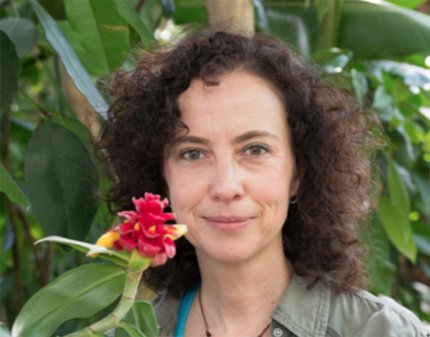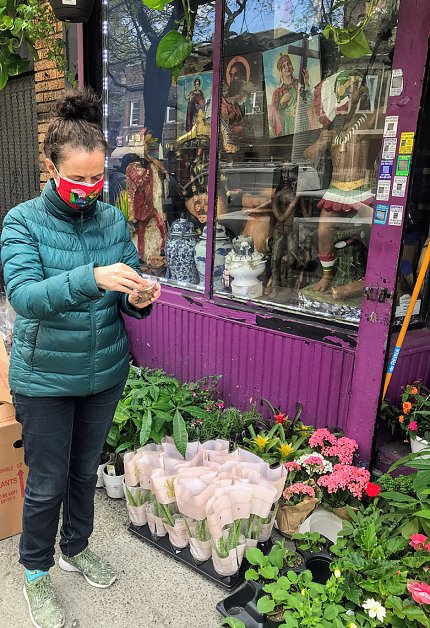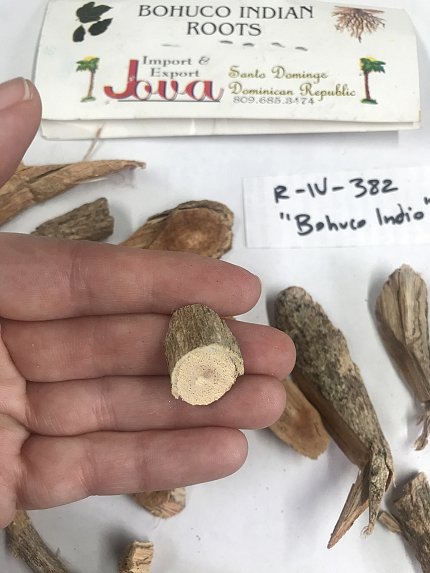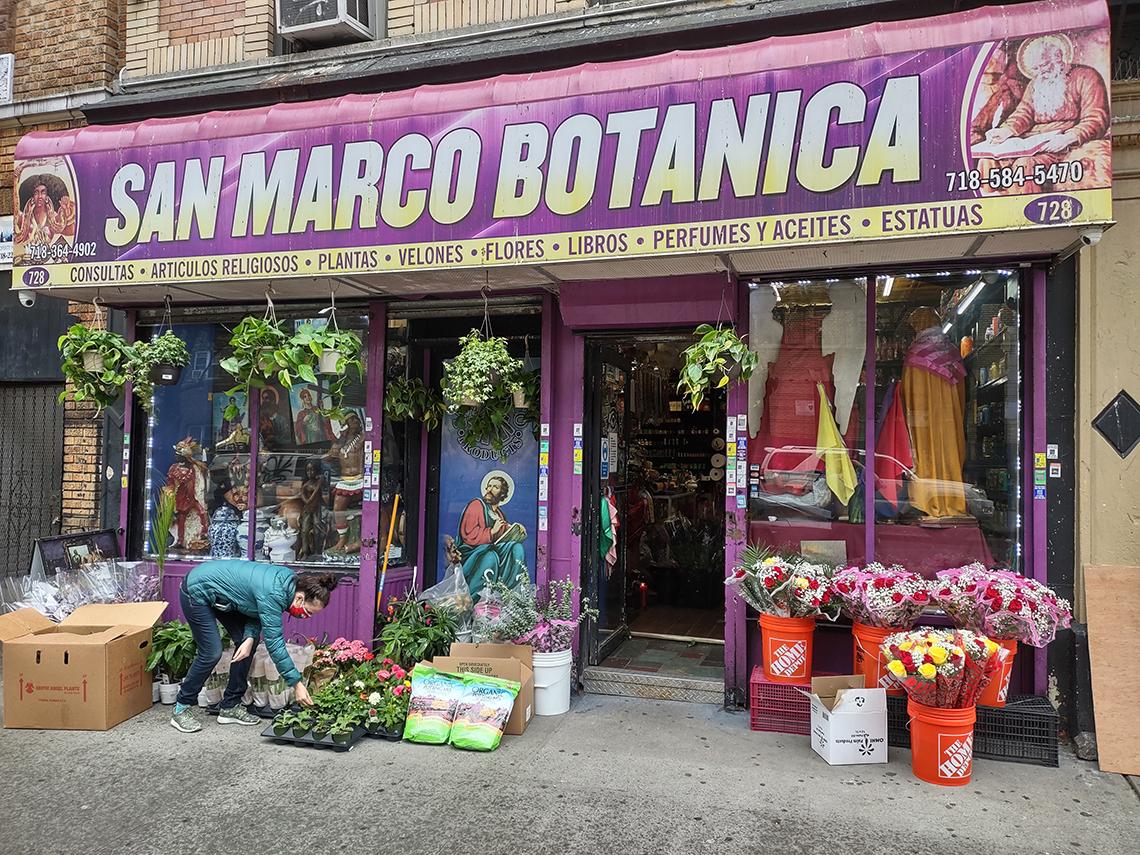Food for Thought
Ethnobotany Health Options Explored in Caribbean, Latin Diasporas

We are lacking scientific knowledge about the breadth and range of plants used as medicines, Dr. Ina Vandebroek lamented during a recent seminar, “Botanical Use for Health in the Caribbean and Mexican Diasporas,” hosted by the Office of Dietary Supplements (ODS).
Vandebroek, an ethnobotanist at the University of the West Indies, Mona, in Jamaica, is working to bridge this research gap by studying the intricate relationship between people, culture and communities, and the use of plants as medicines.
In a new study, Vandebroek examined individuals’ knowledge and use of plants as medicines in four Caribbean and Latino (CarLo) communities in New York City—Dominican Republic, Mexico, Jamaica and Puerto Rico.
Why CarLo communities? Members of these communities represent one in four New Yorkers born outside mainland U.S. Immigrants moving to the city continue to use botanicals and traditional healers for a variety of reasons, including difficulties accessing health care, language barriers and cultural traditions and beliefs.
The use rate of plant medicines by CarLo communities throughout the entire U.S. can be up to 90%. Traditional medicine, rooted in and driven by cultural beliefs and experiences, coexists alongside and parallel to biomedicine.

Botanicals or medicinal plants are plants used in their raw or unprocessed form for a real or perceived benefit in treating physical, mental or spiritual illnesses, or the maintenance of good health and wellbeing. This includes plants that serve a major role as food and double as medicines. Medicinal plant use as a cultural tradition is active, dynamic and adapting to the current epidemiological context.
What Vandebroek found in her study was unexpected. Through surveys, each of the 400 participants named numerous botanicals they knew or used, totaling for each CarLo community to more than 200 different plants (or 527 species for the four communities); the majority of species were reported by less than five people each. Together, all participants reported 13,000 medicinal uses for these plants.
One key takeaway: plants are critical components for CarLo communities. Nine in 10 people in each community confirmed their confidence in the healing power of plants.
Some foods such as lemon/lime, ginger and garlic were mentioned by more than 20% of participants across CarLo communities along with their common medicinal uses—to help the common cold, stomach aches or hypertension.
“One must be careful not to transpose our own cultural understanding of common food plants and assume that it will be the species that we know,” warned Vandebroek, who also currently serves as an honorary research associate at the New York Botanical Garden.

Ultimately, Vandebroek’s study helped shed light on the diversity of ways CarLo communities use plants as medicines and why. Individuals may opt for medicinal plants over biomedicine because they see plants as safer and resulting in fewer side effects. Some people might consider plants to be natural and healthy, thus increasing the perception of effectiveness. Other cultural factors also play a role when folks decide between traditional (or ethno-) and biomedicine.
These communities turn to pharmaceuticals if herbal remedies do not work or are unavailable; if the illness is serious, painful or an infection; or as a necessity when a doctor recommends or prescribes medicine.
Many CarLo patients consider going to the doctor as merely a way to receive a diagnosis, not as a commitment to follow the suggested therapy. However, communities are ready and willing to work with providers to develop the right treatment path that is mutually acceptable.
What’s important, Vandebroek stressed, is for medical professionals and other care providers to work in collaboration with patients and to take culturally informed understandings into account when determining the best plan to wellbeing.
“Patients appreciate that health care providers have open dialogue,” added Vandebroek. “[It’s] all about the relationship of trust.”
For an archived version of the seminar, visit ods.od.nih.gov/Research/seminarseries.

